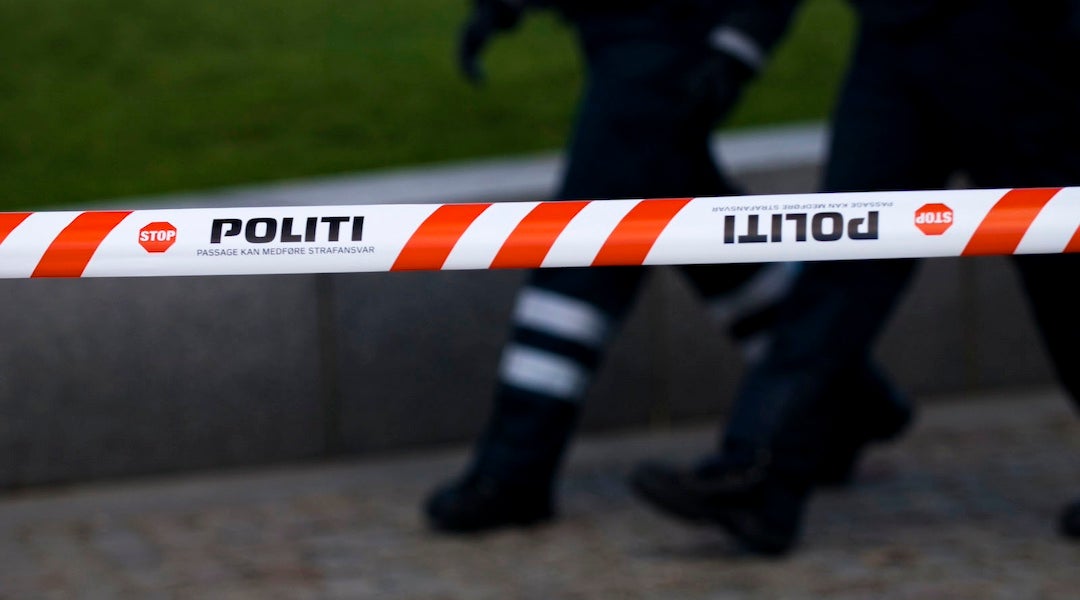In Gaza Campaign, Israel Seeks To Change the Rules of the Game
Jerusalem — Israel’s retaliation against persistent Hamas mortar and rocket attacks on civilians in southern Israel was far more ferocious than anyone, including Hamas, expected.
The first three days of intensive Israel Air Force bombing in Gaza reduced hundreds of Hamas government buildings, military compounds, laboratories, metal workshops and supply tunnels to rubble and left more than 350 Palestinians, most of them militants, dead. But, as the airstrikes continued and Israeli tanks massed on the Israel-Gaza border, it was not clear how much longer the operation would last or how its goals would be achieved.
The security situation in southern Israel deteriorated quickly after Dec. 19, when Hamas declared that a six-month truce with Israel would not be renewed, and it stepped up its Qassam rocket and Iranian-supplied 120 mm mortar attacks on Sderot and other nearby Israeli towns.
Public pressure on the Israeli government to retaliate intensified, and it was clear the countdown to war had begun. On Dec. 24, after some 70 Qassams and mortars slammed into southern Israel in a single day, the government approved a detailed war plan, leaving the timing and precise scope of each phase to Defense Minister Ehud Barak and the IDF.
The initial airstrike on Saturday caught Hamas completely by surprise.
In the first wave, which lasted three minutes and 40 seconds, 64 Israeli jets reduced nearly all of Hamas’ military compounds, command-and-control centers and symbols of government to rubble. In the first two attacks, more than 200 people were killed, most of them Hamas militiamen.
The military problem facing Barak and the country’s military planners is twofold: how to stop the Qassam rockets and how to restore Israeli deterrence in the region after eight years of relative inactivity in the face of rocket attacks.
The devastating opening salvo Israel chose was based on what many military analysts see as Israel’s most effective operation in the 2006 Lebanon War: the bombing of the Hezbollah command-and-control center in Beirut’s Dahya district in the first few days of the fighting. Reducing the Dahya to rubble had a profound shock effect on Hezbollah and other leaders across the Middle East, and is seen as one of the main reasons for the current quiet on the Israel-Lebanon border. Now Israeli military planners hope what they call the “Dahya effect” will take effect in Gaza too and eventually deter Hamas from rocketing Israeli civilians.
In a news conference on the first night of the fighting, Prime Minister Ehud Olmert spelled out the war’s aims: to create a new security reality in the south in which Israeli civilians can live without fear of rocket or terror attacks. According to Israeli government spokesmen, this will be achieved by drastically changing “the rules of the game.” Through the devastating air force attack and an anticipated follow-up ground incursion, Israel’s leaders hope to:
•send a clear message to Hamas that the price tag for any future rocket attacks on Israel will be intolerably high;
•severely weaken Hamas’s current military capacity;
•limit any future Hamas military build-up; and
•achieve a new cease-fire regime under which Hamas would have to commit to no more rocket fire, no terrorist attacks, no explosive charges near the border and no more weapons’ smuggling.
The understandings would be reached through a third party, probably Egyptian mediation, and kept in place through Israel’s waving of a big deterrent stick. In other words, the aim of the large-scale Israeli operation is to achieve peace and quiet in southern Israel by establishing a new and very different deterrent model.
Many Israelis, however, are skeptical about the efficacy of the proposed deterrent policy. Some argue that the only way the rockets can be stopped would be to reoccupy Gaza. The Likud’s Yuval Steinitz, former chairman of the Knesset’s Foreign Affairs and Defense Committee, urges creating an Israel buffer between Gaza and Egypt to prevent future arms smuggling. Otherwise, Steinitz warns, Hamas will bring rockets capable of hitting Tel Aviv, anti-aircraft batteries that could threaten IAF flights in the Negev, and equipment to monitor all Israeli military movements there. “Maybe we would get peace for a year or two, but the price would be a devastating blow to Israel’s national security,” Steinitz told JTA.
Others reject the idea of any reoccupation of Gaza as counterproductive and hope the government will be able to parlay its success on the battlefield into a long-term political agreement with Hamas.
Israeli Foreign Minister Tzipi Livni has spoken of a more ambitious aim: toppling the Hamas government. Olmert and Barak, however, consider this unrealistic, and it is not part of the stated war aims. Nor is the release of captive Israeli soldier Gilad Shalit, who was kidnapped and taken to Gaza 900 days ago. Clearly the current operation could put Shalit’s life at risk, but it also could create conditions for a prisoner exchange to secure his release. Indeed, some Israeli leaders, including Livni, say Shalit’s release should be an Israeli condition for any future cease-fire.
The devastating Israeli attacks sparked fierce protests and demonstrations across the Arab and Muslim world, in European capitals and among Israeli Arabs.
But, while Israel was widely criticized in the international media, governments across the world did little to stop the fighting. And despite their public posture criticizing Israel’s “barbarity,” some moderate Arab leaders were not sorry to see Hamas taking a beating – much as, two years ago, they were not sorry to see Hezbollah take a beating in the early days of the 2006 Lebanon War.
The Israel-Hamas clash reflected in microcosm the regional struggle between the pro-Western moderates led by Egypt and the radicals led by Iran. Both Egypt and the Palestinian Authority, while strongly condemning the Israeli operation, highlighted the fact that they had urged Hamas leaders to renew the cease-fire and warned them what would happen if they didn’t.
In the first three days of fighting, Hamas fired more than 100 rockets and mortars into Israel, killing at least four civilians. Still, the mood in the country remains strongly supportive of the war, especially in the south, where people see in it the best hope of a more peaceful tomorrow. With elections just over a month away, political support for the war has been wall-to-wall in the Knesset, with the exception of the Israeli Arab parties, who are vehemently opposed. There also has been a degree of reservation on the left wing at the extent of the devastation in Gaza, with calls on the government to start working immediately on an exit strategy to the end the fighting.
Indeed, after three days of fighting, Olmert, Barak and Livni, the three leaders running the war, were moving in two contrary directions, preparing both a ground invasion and an early exit strategy that would translate the IDF’s overwhelming military success into a stable political solution on the ground.





















